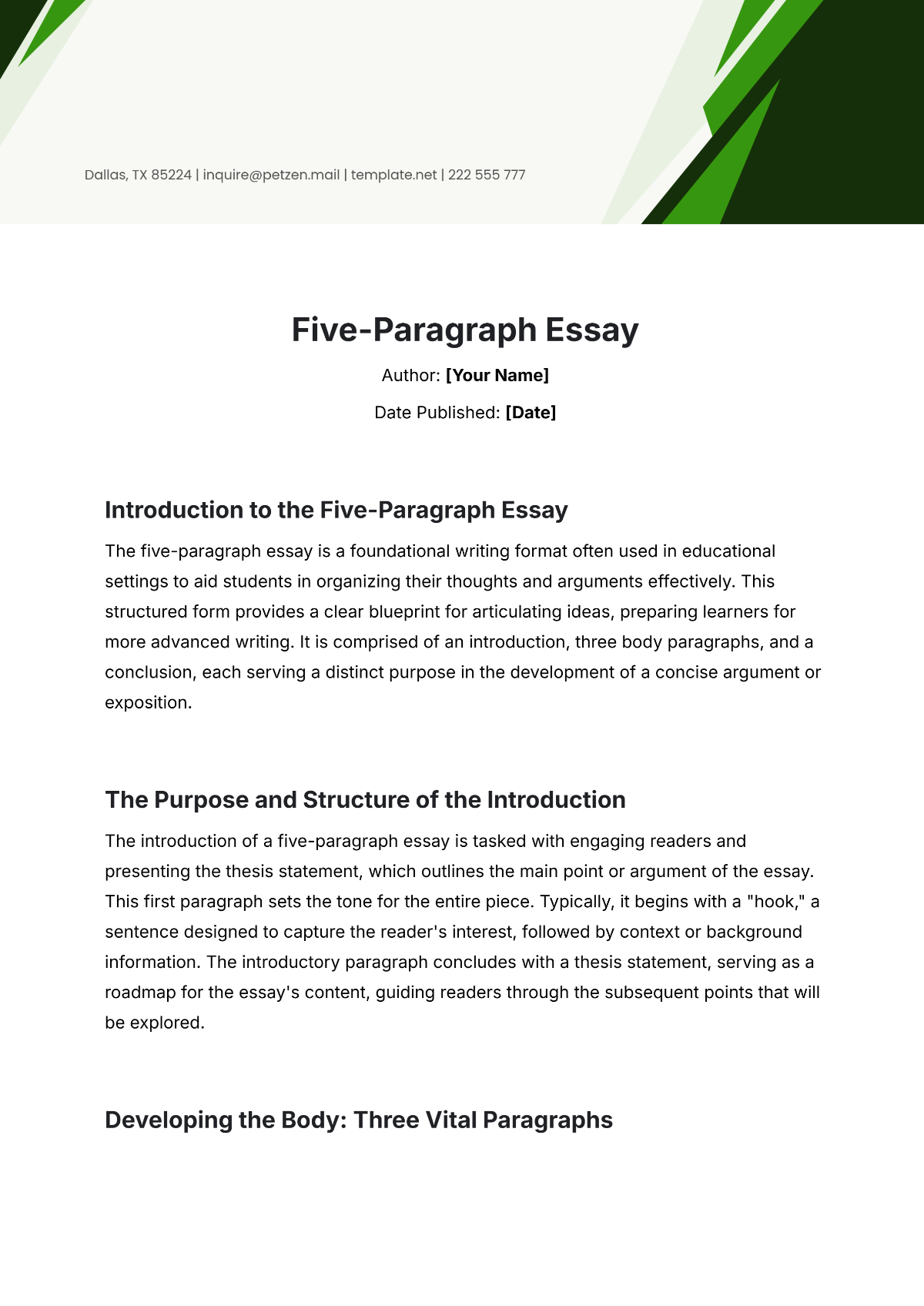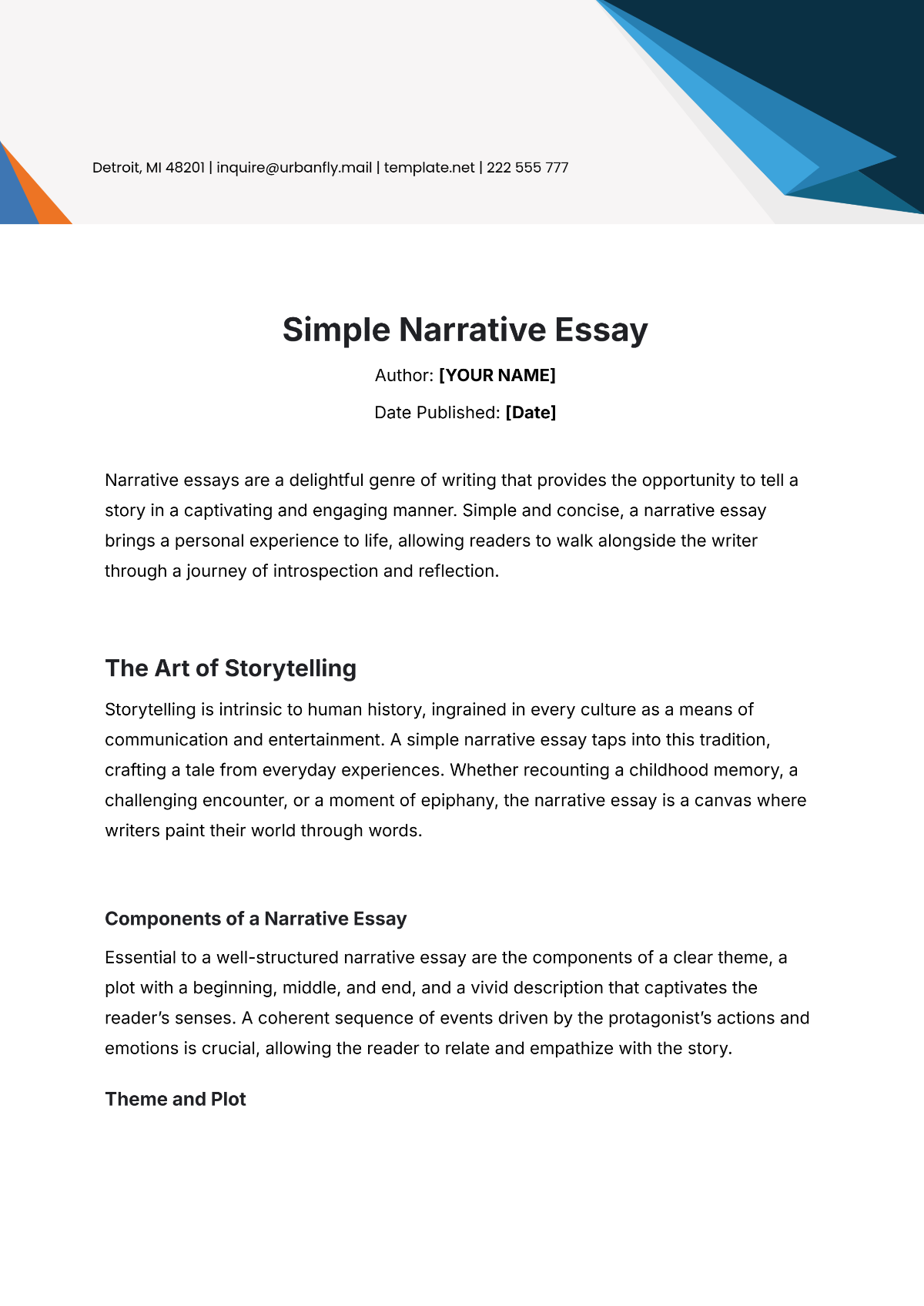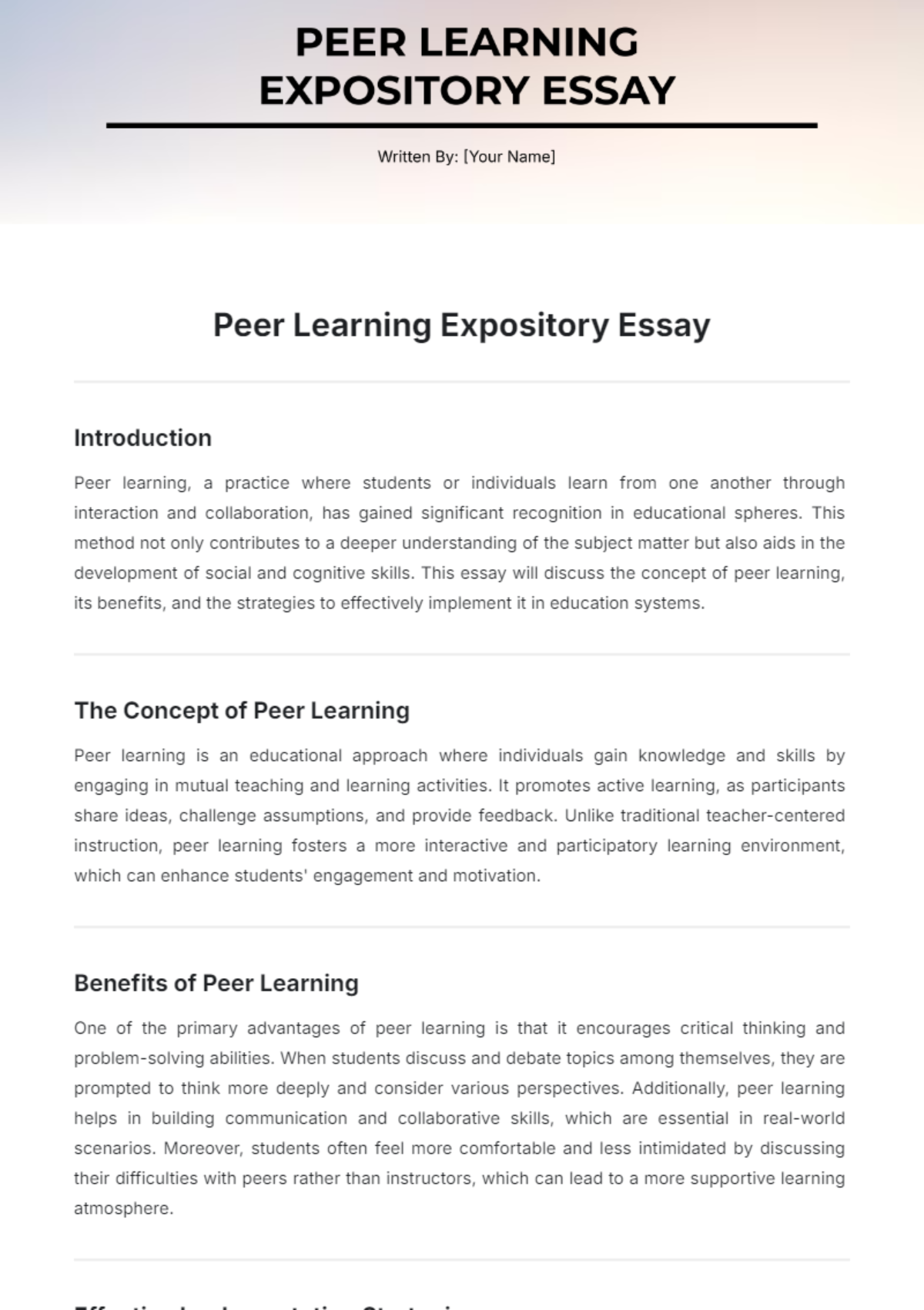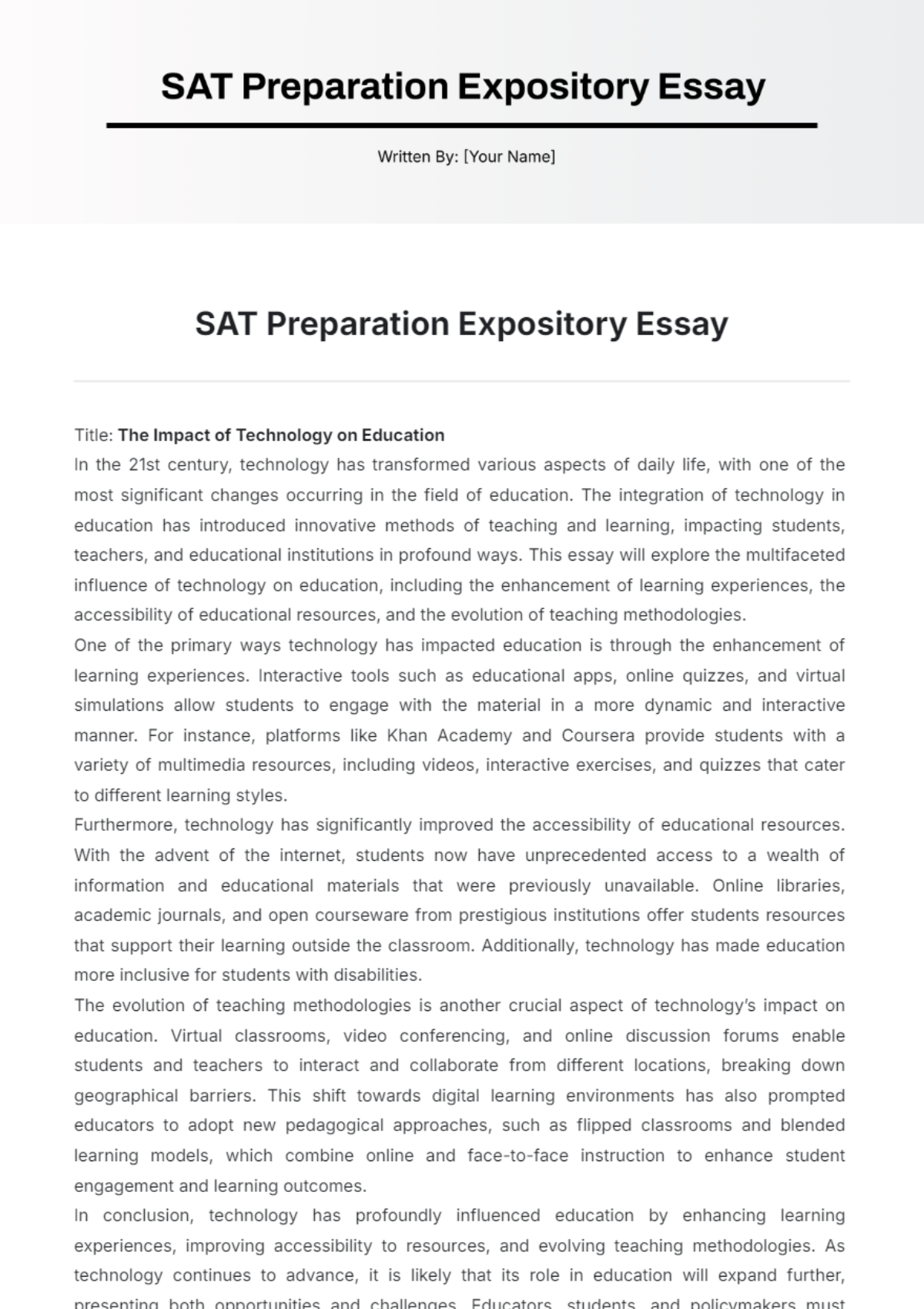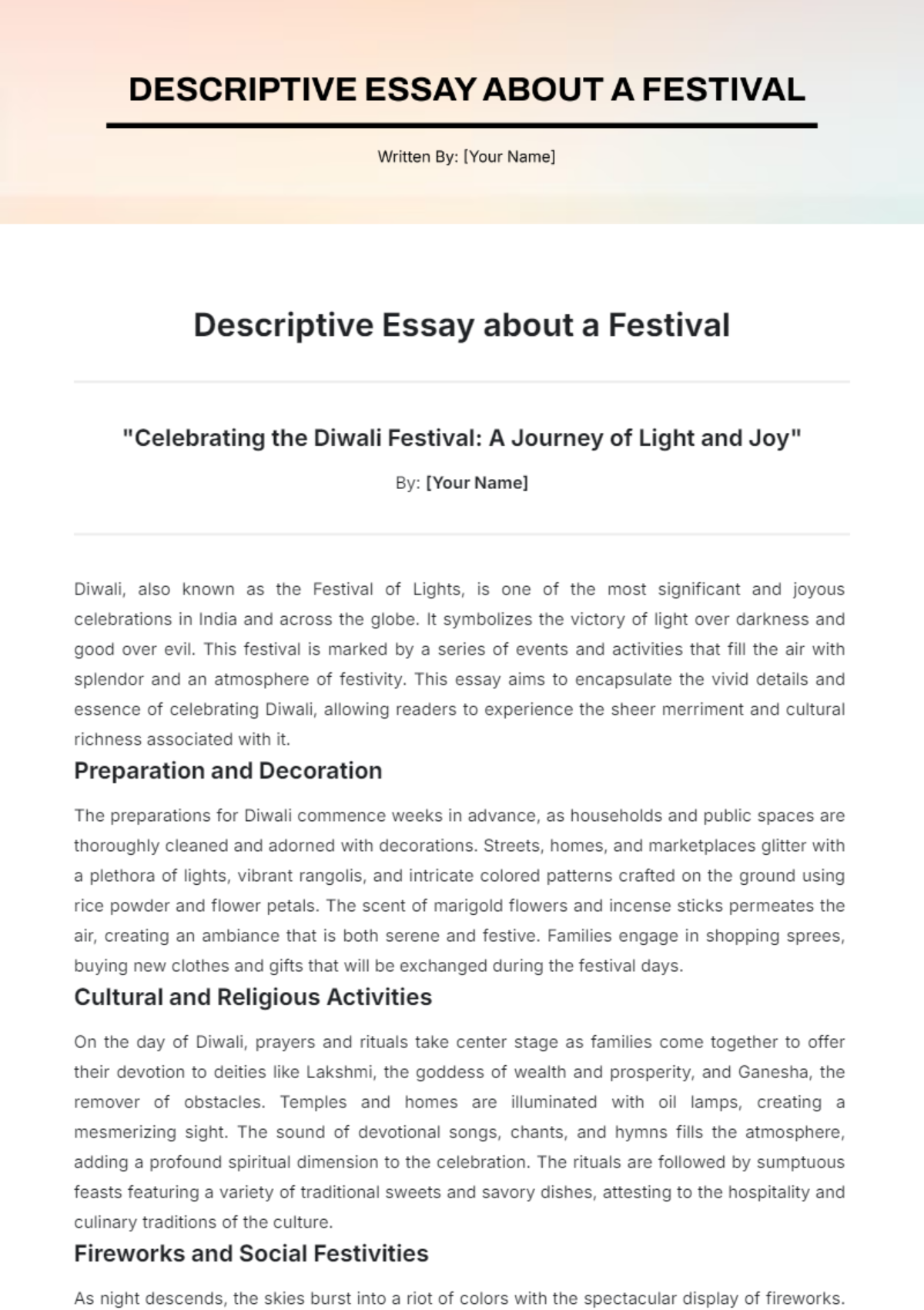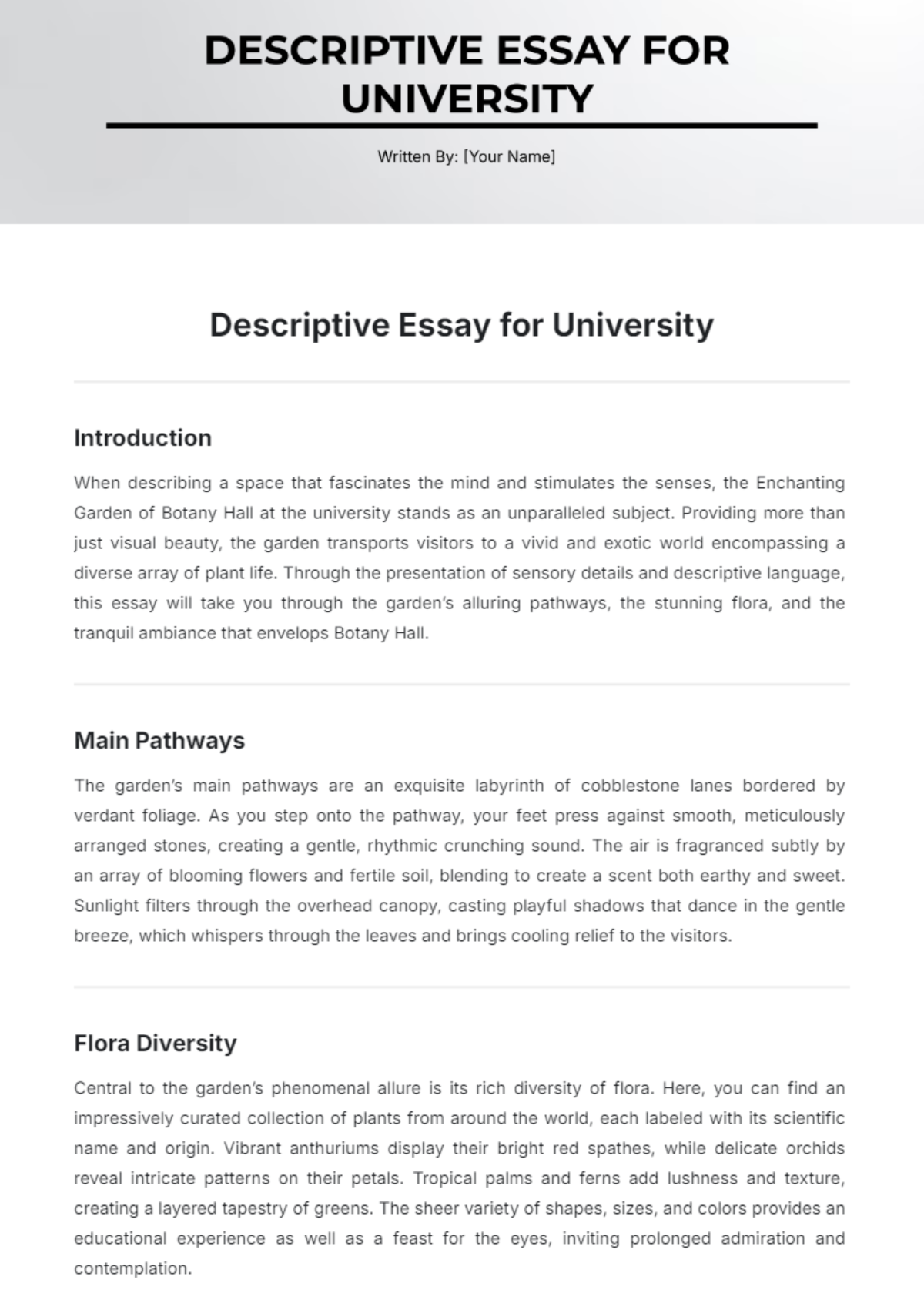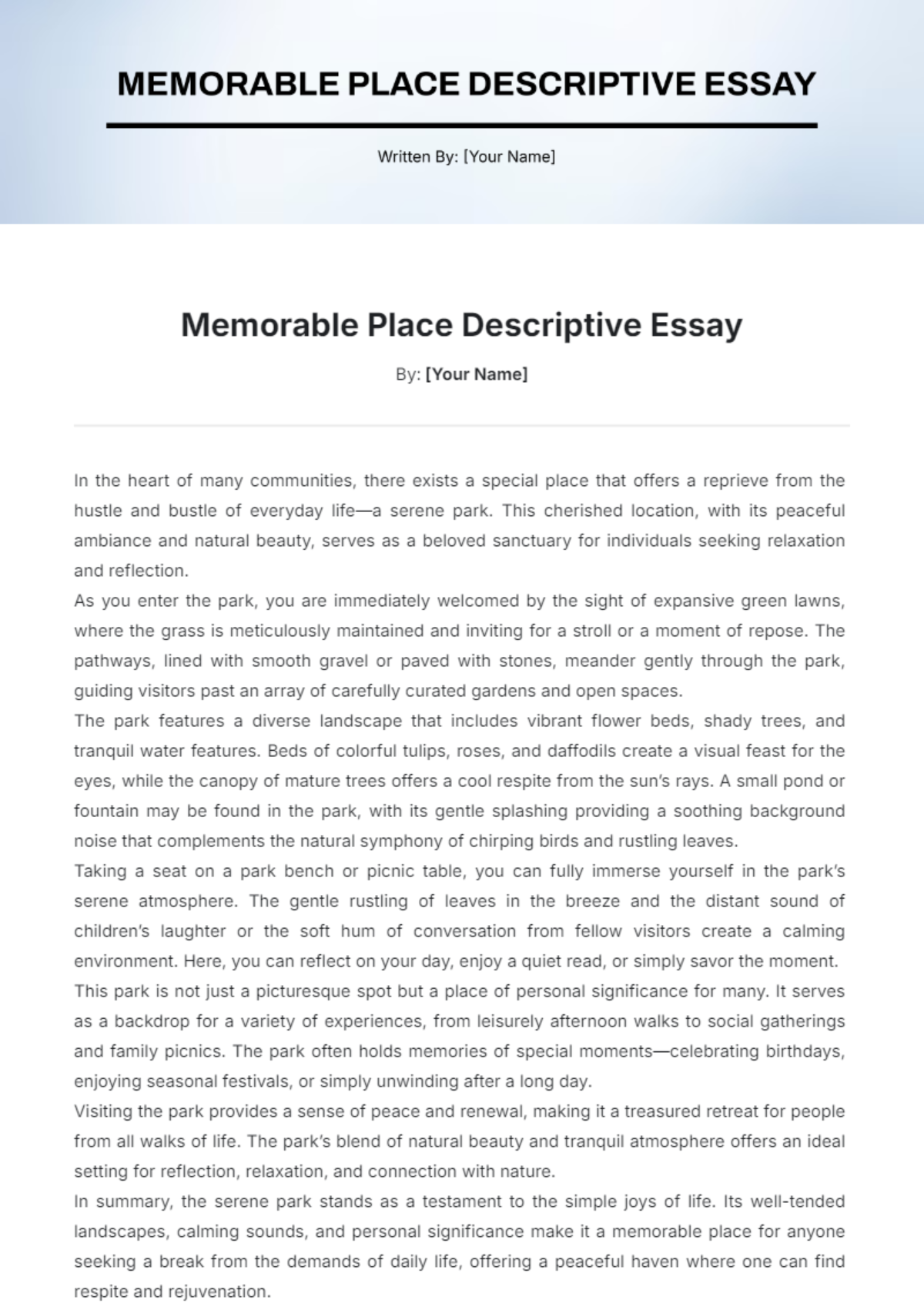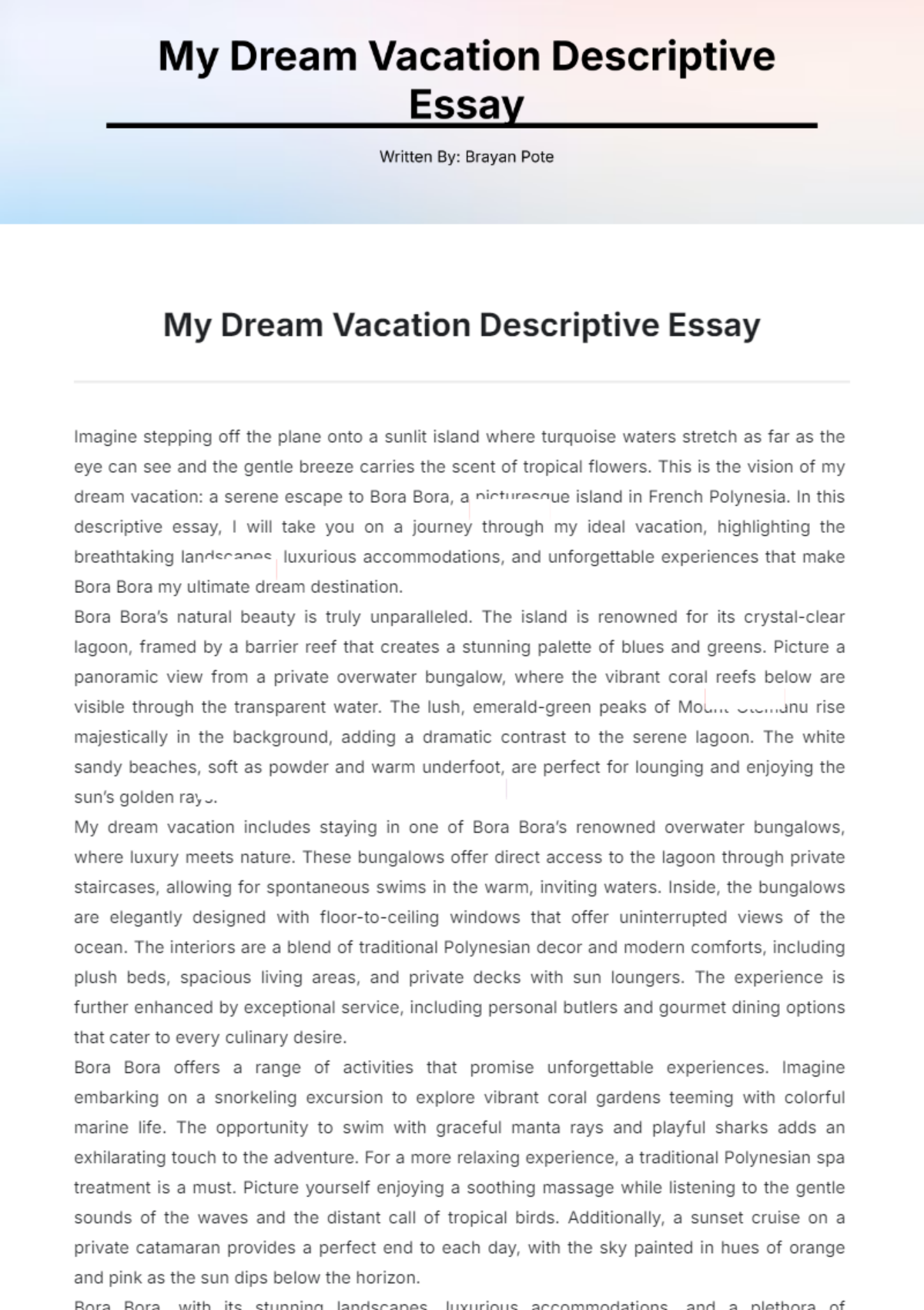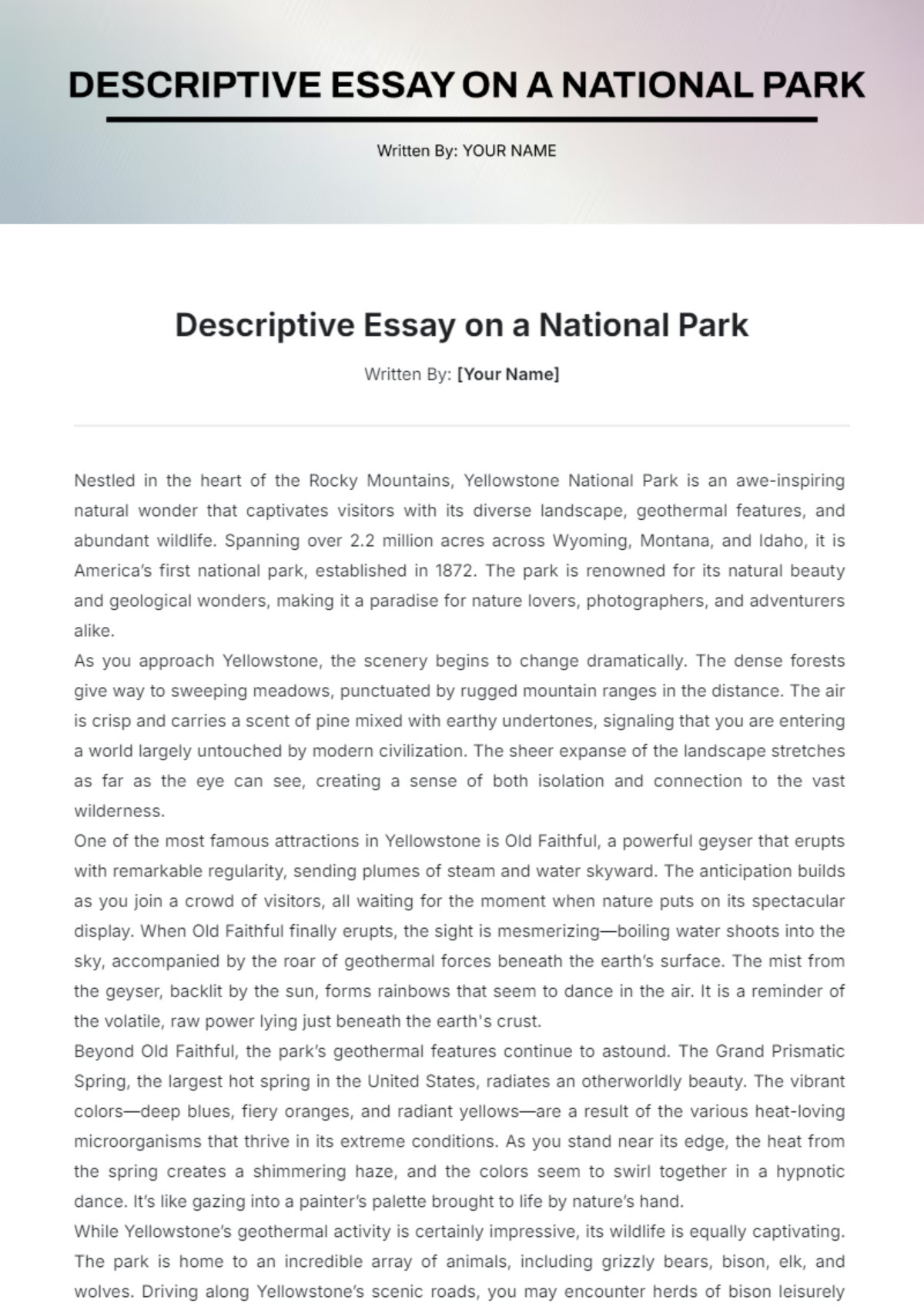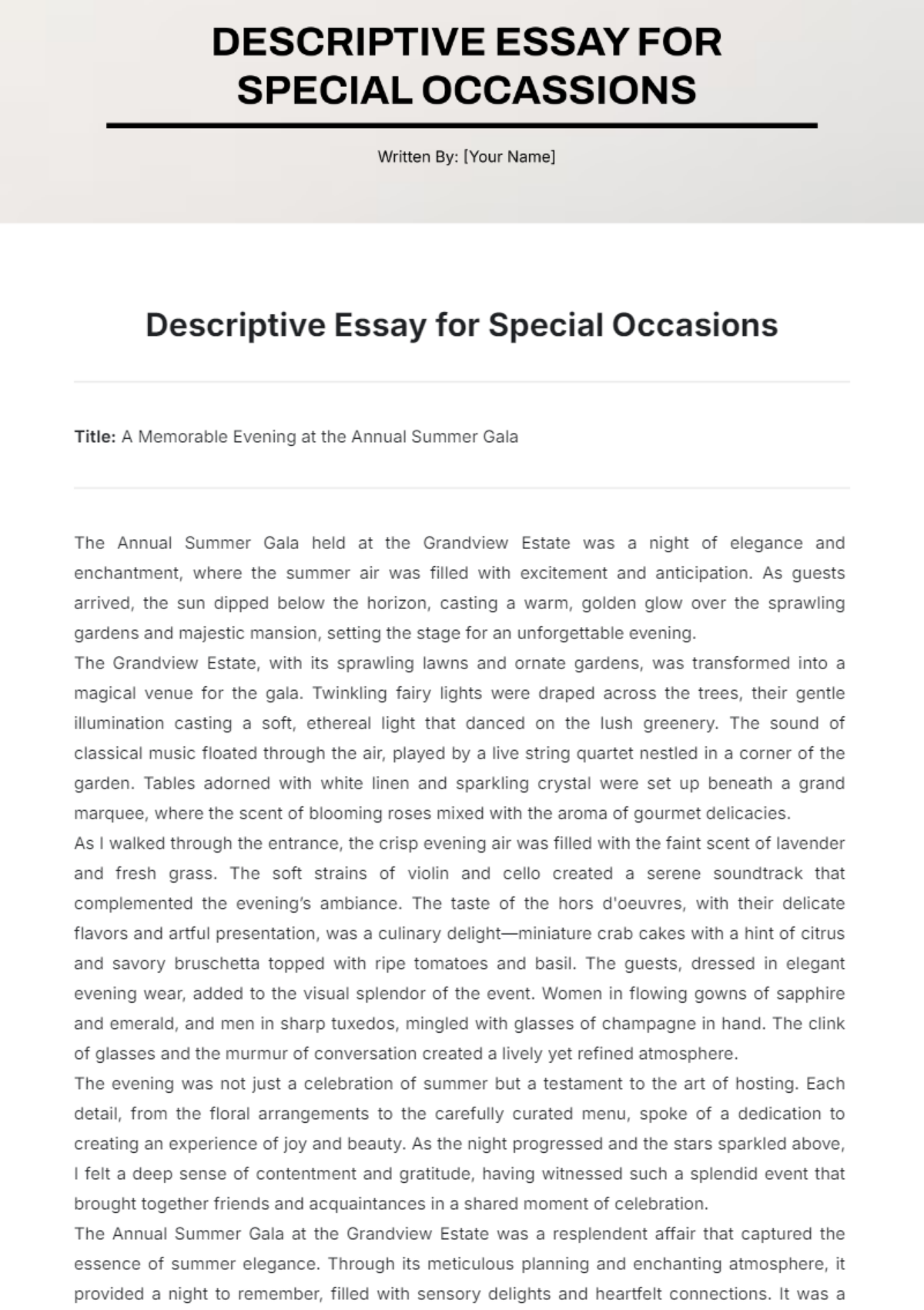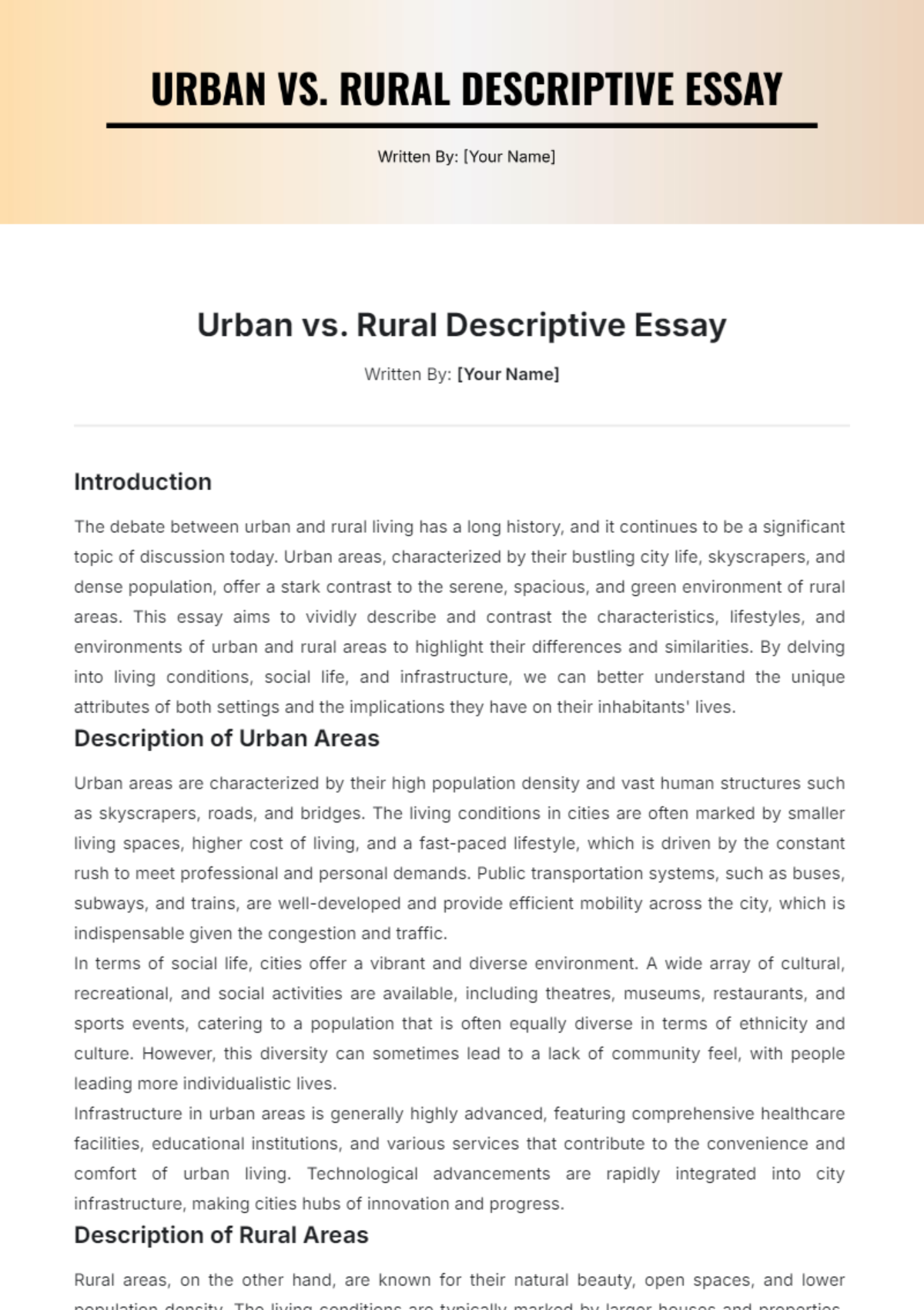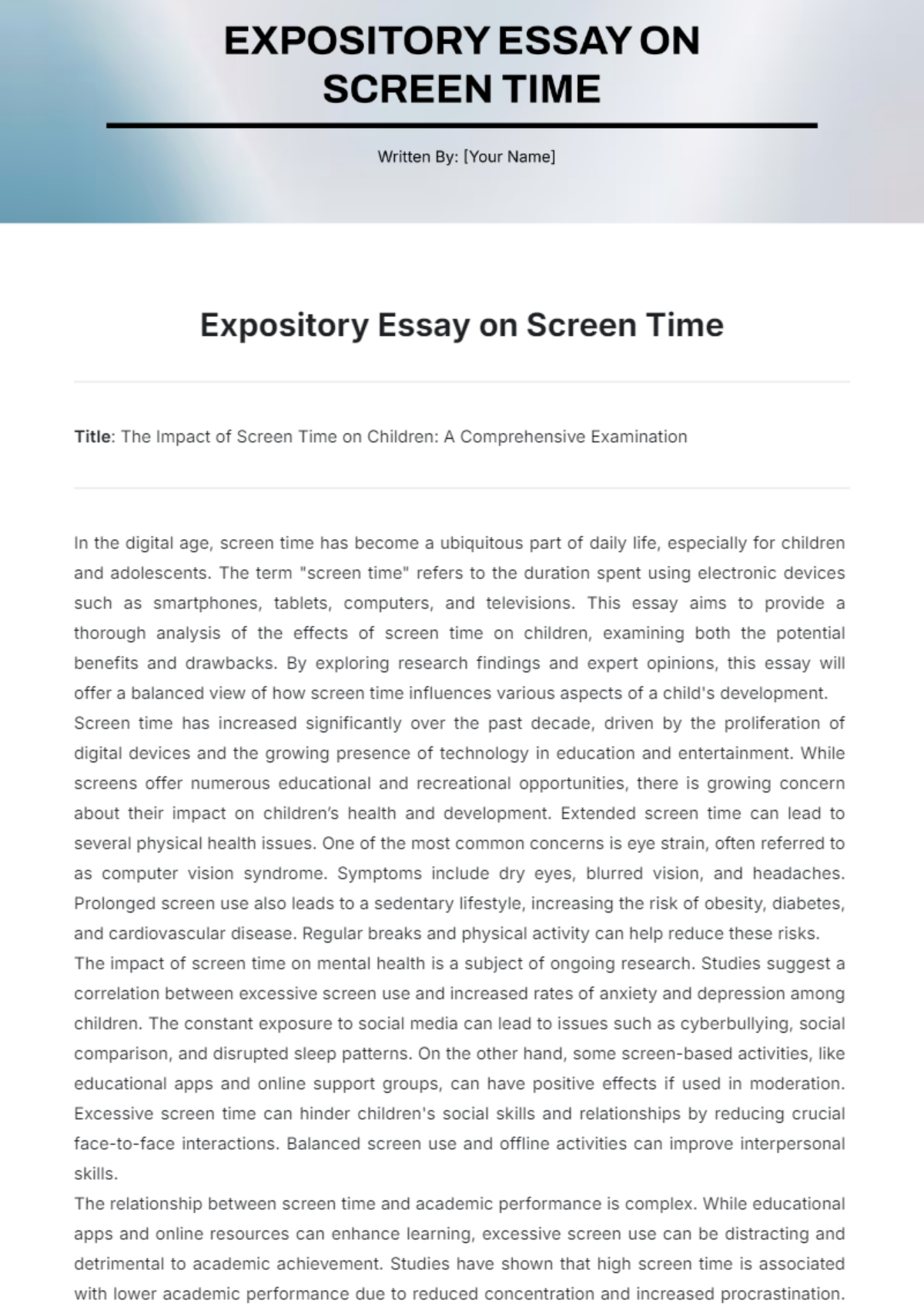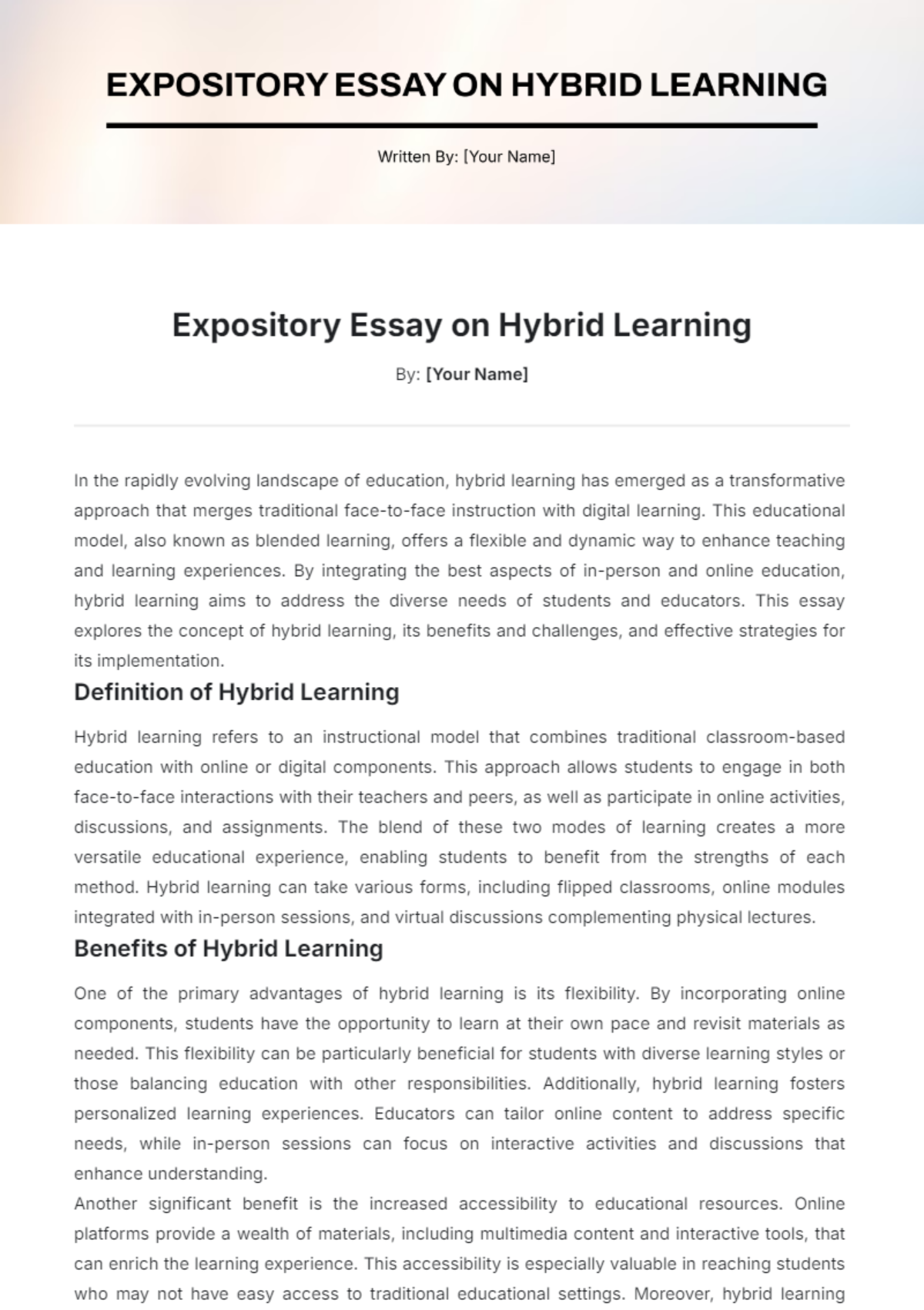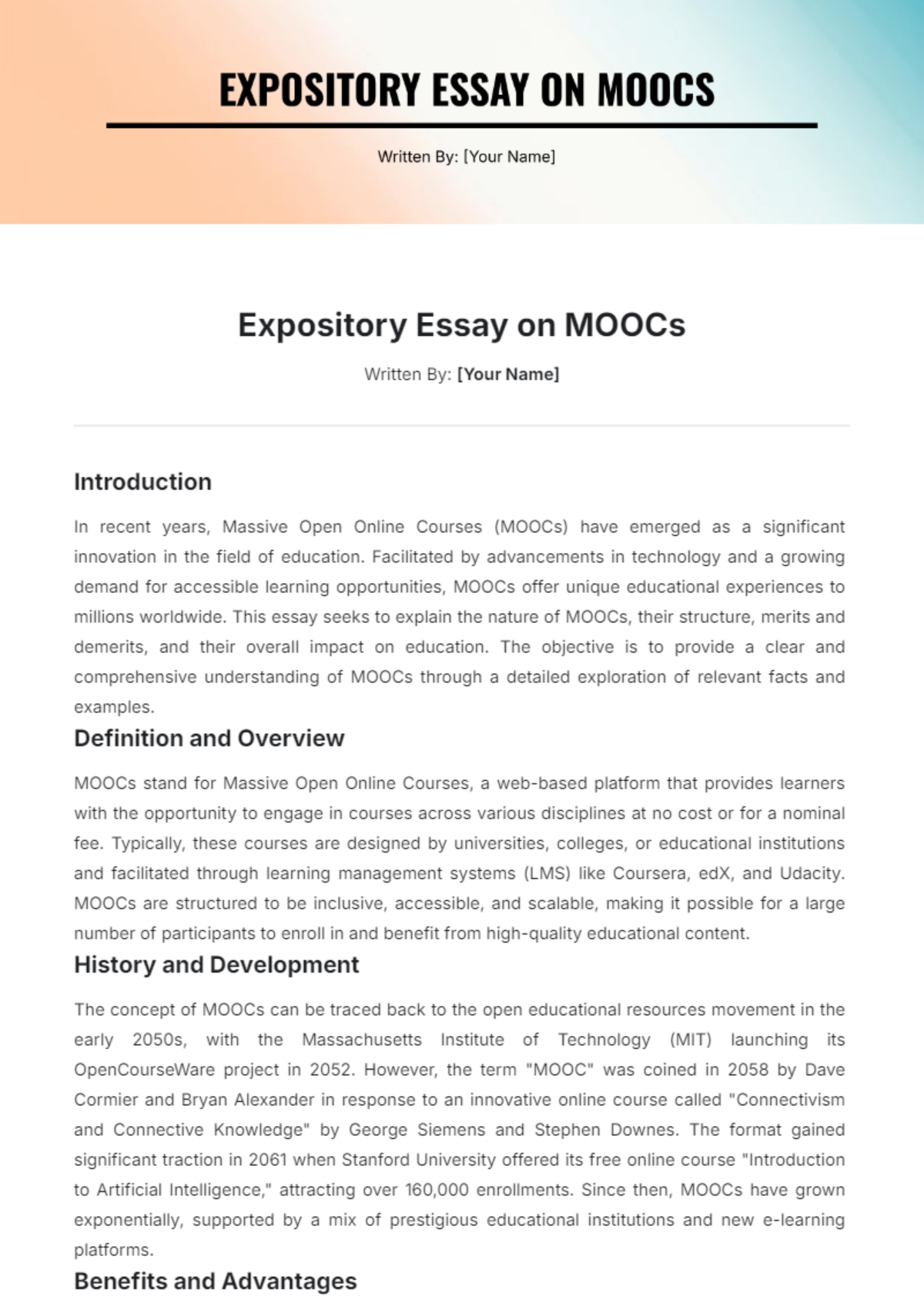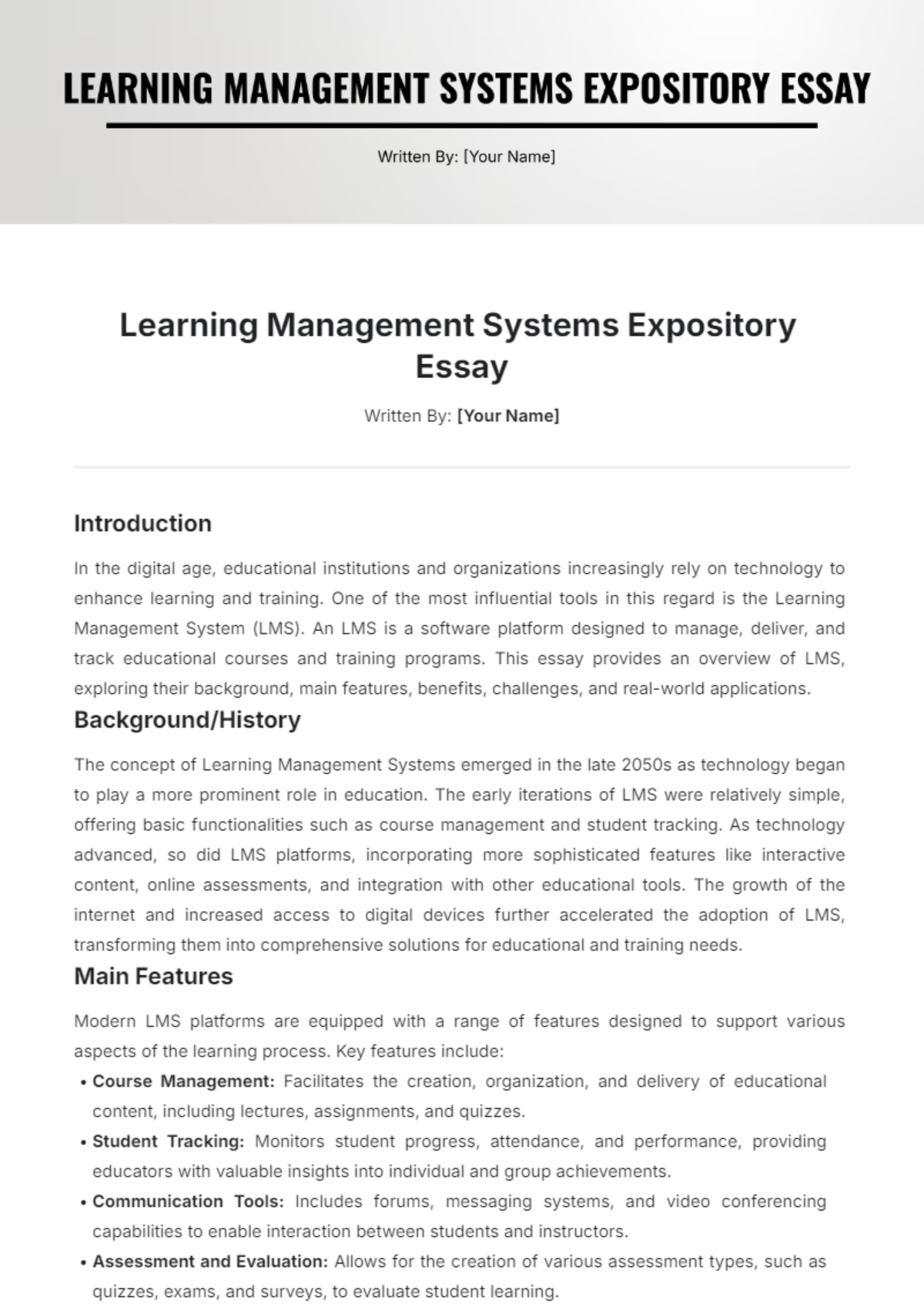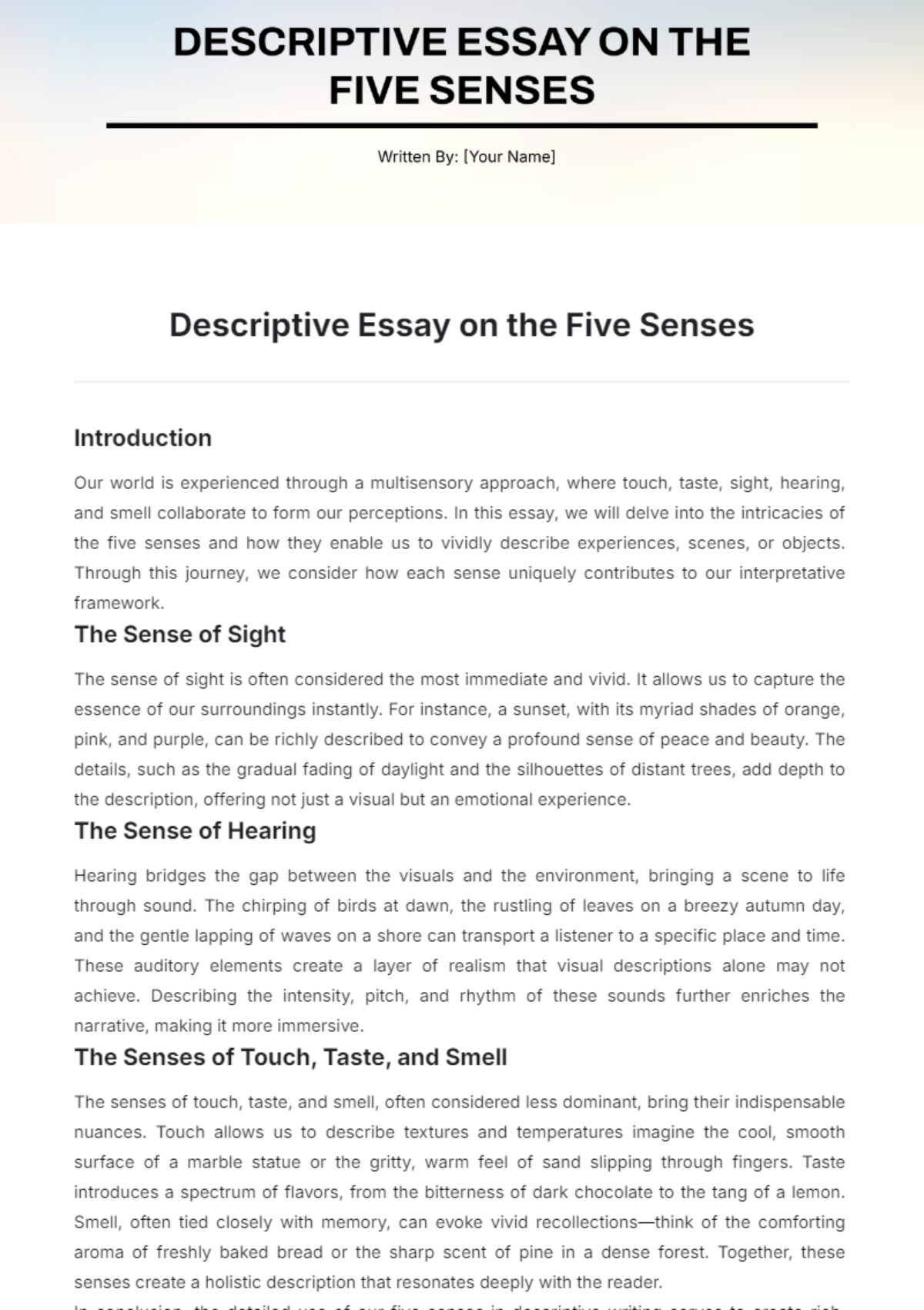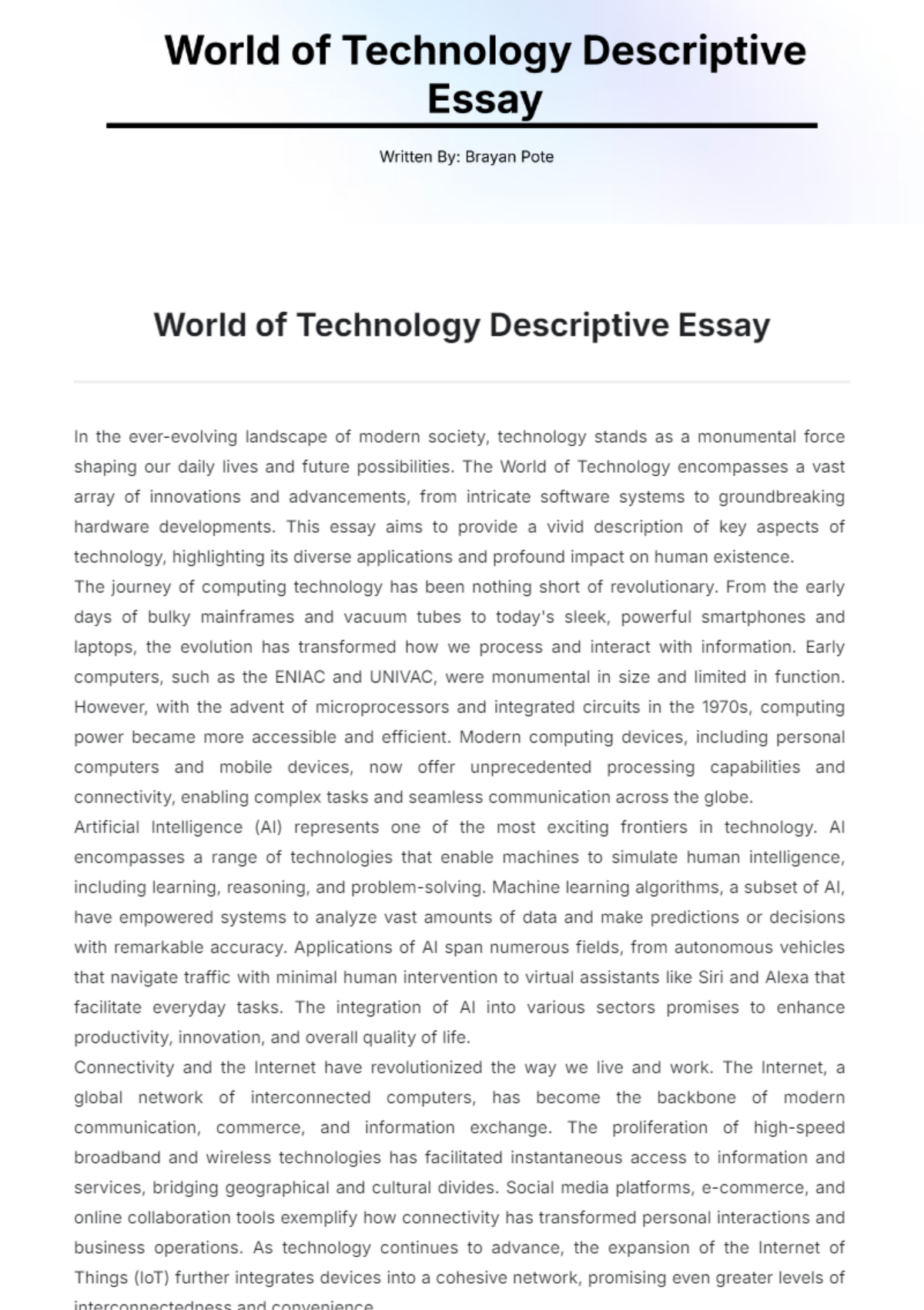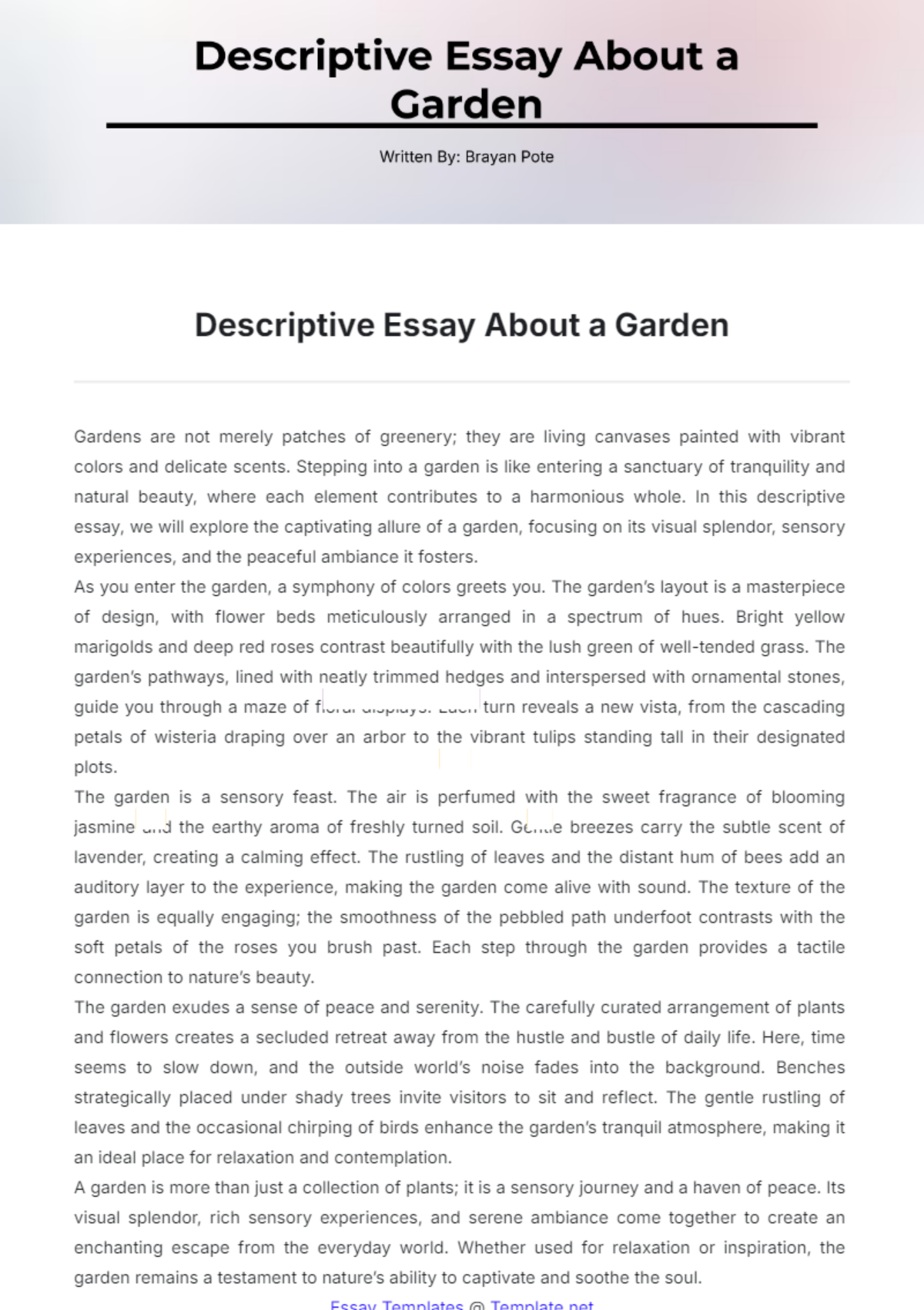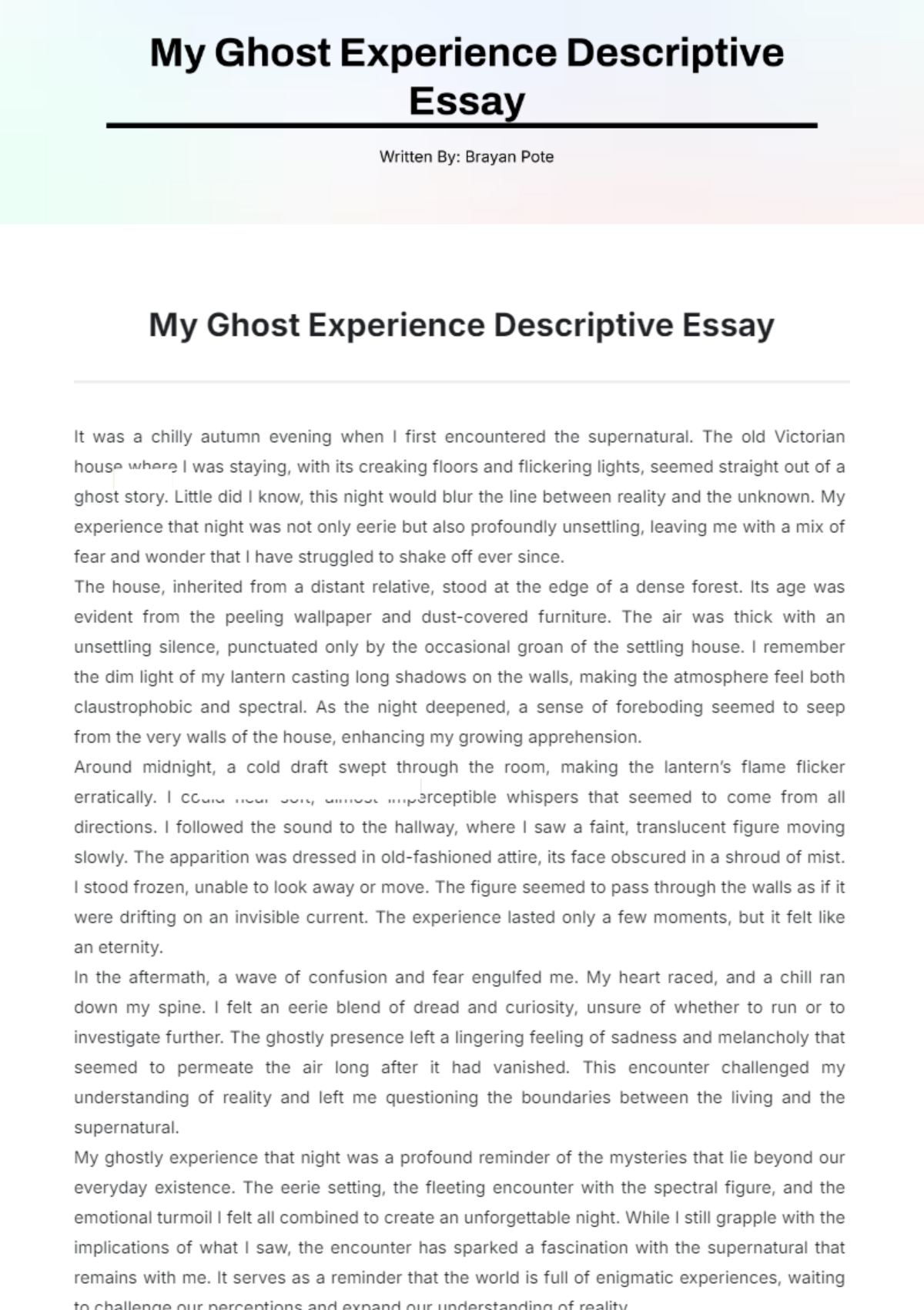Rituals in Religious Practices Descriptive Essay
By: [Your Name]
Introduction
Rituals form the bedrock of religious practices worldwide, providing structure, meaning, and a sense of connectivity for followers. These practices are deeply woven into the cultural and spiritual fabric of communities, serving as vital expressions of faith and identity. This essay delves into the intricate world of religious rituals, exploring their procedures, significance, and contextual relevance to offer a deeper understanding of their roles in various religious traditions.
Procedures of Religious Rituals
Religious rituals often involve a series of meticulously prescribed actions, chants, prayers, and the use of sacred objects, each serving to enhance the spiritual experience and invoke divine presence. These procedures are designed to foster a profound sense of reverence and connection to the divine.
Christian Eucharist
In Christianity, the Eucharist, also known as Communion, is a central ritual that commemorates the Last Supper of Jesus Christ with his disciples. The procedure involves consecrating bread and wine, which are consumed as symbols of Christ's body and blood. The ritual includes the recitation of specific prayers and hymns, creating a sacred atmosphere that facilitates a communal experience of faith and remembrance.
Hindu Puja
In Hinduism, Puja is a ritual of worship that can vary widely depending on the deity and regional practices. The procedure typically includes offerings of flowers, lamps (diyas), incense, and food items. Devotees perform intricate chants and prayers, often using specific mantras to invoke the deity's presence. The ritual may conclude with Arati, where a lighted lamp is circled in front of the deity, symbolizing the removal of ignorance.
Islamic Salah
Islamic Salah, or prayer, is performed five times daily and involves a series of physical postures and recitations. The procedure includes standing, bowing, and prostrating while reciting verses from the Quran. This ritual serves as a direct communication with Allah and a way to maintain spiritual discipline throughout the day.
Jewish Shabbat
The observance of Shabbat in Judaism is a weekly ritual that begins on Friday evening and lasts until Saturday night. The procedure includes lighting candles, reciting prayers, and partaking in a festive meal with family. This ritual marks the end of the workweek and provides a time for rest and spiritual rejuvenation.
Significance of Rituals
Religious rituals often embody the core beliefs and values of faith, serving as expressions of devotion and mechanisms for spiritual and communal reinforcement.
Expression of Faith
Rituals such as fasting during Ramadan in Islam exemplify self-discipline and empathy. Fasting is not only a physical act but also a spiritual exercise intended to foster self-control and compassion for the less fortunate. Similarly, the Christian Eucharist represents the sacrifice of Jesus and serves as a reminder of his teachings and commitment to humanity.
Communal Reinforcement
Rituals also play a crucial role in reinforcing communal bonds. The Jewish Seder meal during Passover is a ritual that involves family members coming together to recount the story of the Exodus. This shared experience strengthens familial and communal ties and reaffirms the collective identity of the Jewish people.
Contextual Importance
Understanding the context in which rituals occur is essential for a comprehensive appreciation of their roles and impact. Rituals are often deeply embedded within their historical, cultural, and social contexts, reflecting and shaping the lives of those who practice them.
Historical and Cultural Influences
The Japanese tea ceremony, known as Chanoyu, is a ritual that embodies the principles of harmony, respect, and tranquility. While influenced by Zen Buddhism, it also reflects broader Japanese cultural values. The meticulous preparation and presentation of tea, along with the meditative silence, highlight the integration of spiritual and cultural elements.
Rites of Passage
In Christianity, Baptism is a significant rite of passage that marks an individual's entry into the Christian community. This ritual symbolizes spiritual cleansing and rebirth, and its significance extends beyond the personal to encompass the collective identity of the Christian faith.
Conclusion
Rituals in religious practices are complex phenomena that combine prescribed procedures, deep significance, and contextual relevance. They serve not only to express and affirm the beliefs and values of faith but also to connect individuals with their larger religious communities. By exploring the detailed procedures and broader implications of these rituals, we gain a richer understanding of how humanity seeks to connect with the divine and with each other, highlighting the diverse ways in which religious traditions manifest and evolve.

